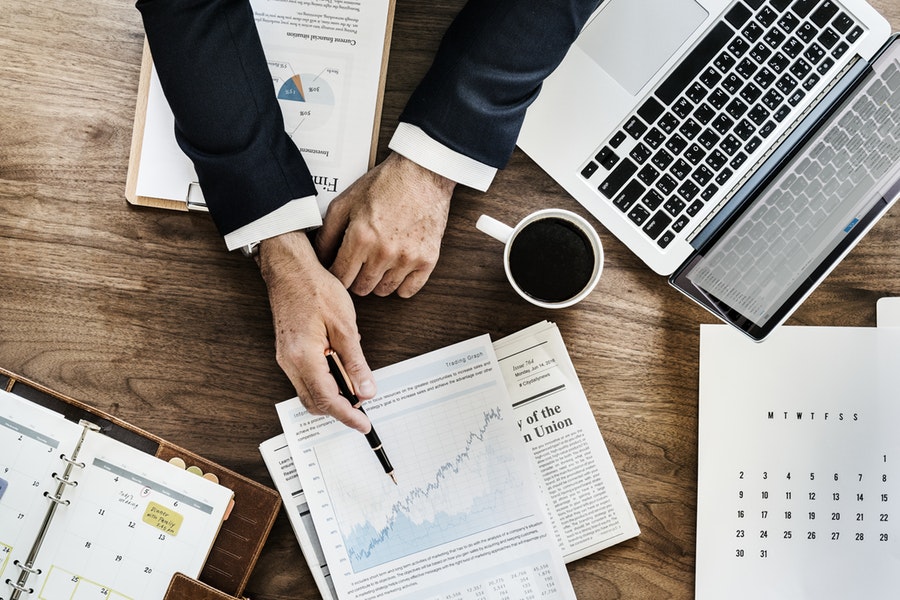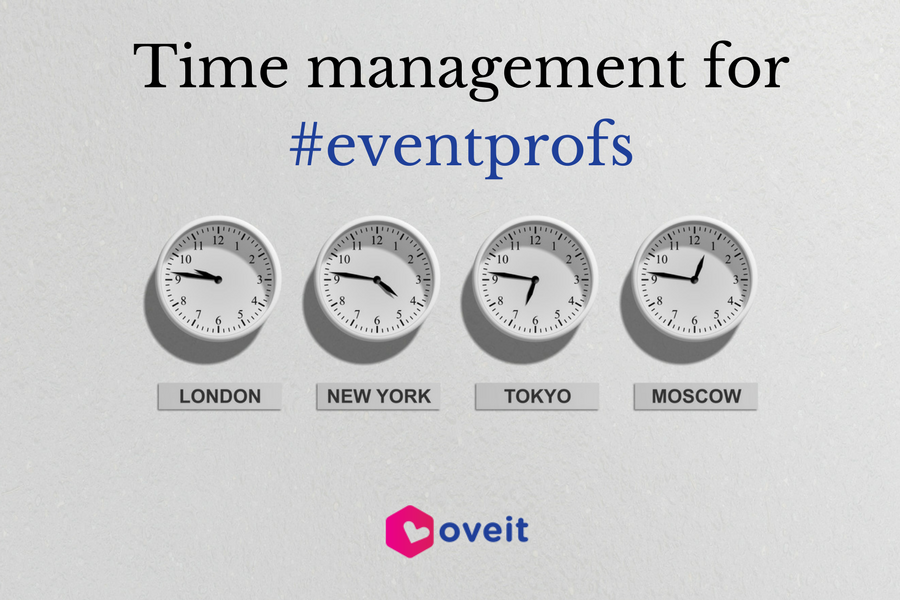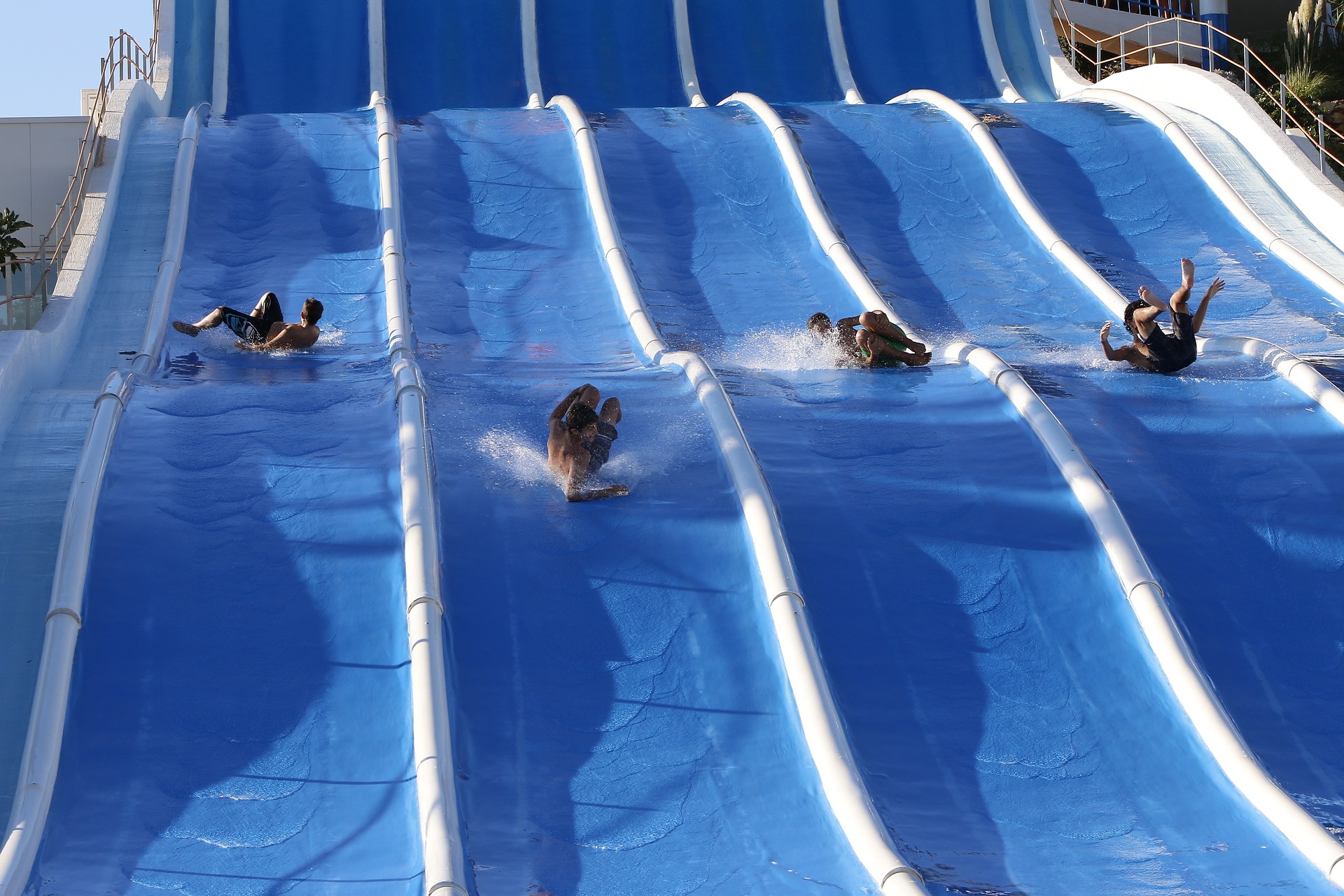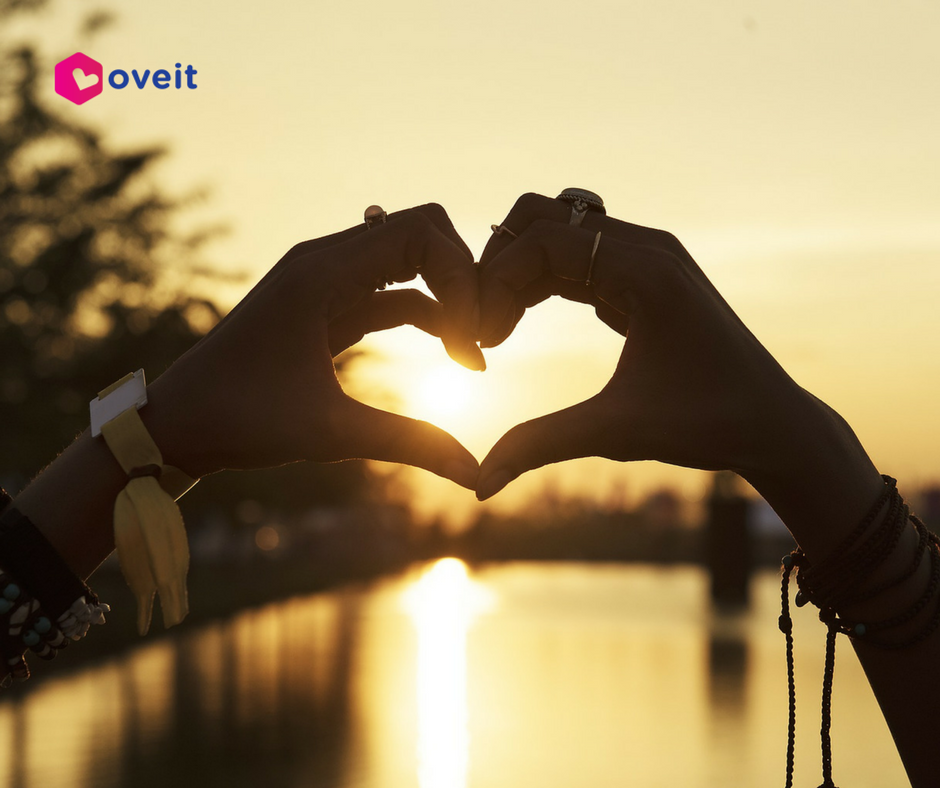–without increasing the ticket price-
As companies from every industry, event management companies to need to be profitable in order to survive. In my experience, money is not the main reason for which somebody starts a business in this industry, but even event planners have bills and salaries to pay. And unfortunately smiles, the best currency exchange in the industry, aren’t able to do it. Today’s article is based on a very simple principle (yet many times ignored) on how small changes can increase your revenue. The key is to look at the journey attendees have from the moment they first come into contact with your event until the moment your event is over (and even farther)
From prospects to buyers
When you first start marketing your event lots of people will see your message. But only a small percentage of them will convert into buyers. Assuming that 200.000 people hear your message and 2000 buy tickets to your event, this means you have a 1% conversion rate.
There are ways you can increase the conversion rate, and we have written multiple articles on this subject. You can write better marketing copy, use influential marketing or use the right social media tools for marketing. And later in this article, you will see why any small improvement can dramatically improve the overall financial result.
So, if your average ticket is 500 USD and you have 2000 paying attendees, your ticket revenue will be 1.000.000 USD. You have invested a considerable amount of money to convince people to come to your event, but let’s exaggerate and think that all of your attendees are the result of your marketing campaigns. A great experience will bring people back to your next event(s). And considering the fact that it’s 6-7 times more expensive to acquire a new client than to retain an existing one you should definitely make the most out of this opportunity.
good to know:
In average, event profs invest in marketing between 1 and 8 percent of what they expect the event to return. We can use a 4,5 average and consider that 45.000 USD brought you 2000 attendees (22,5 USD/attendee). A job done right gives you the opportunity to sell tickets to next year’s event for 4 USD to at least 15% of your current attendees. Of course, figures are not quite exact, but I am sure that you see where I am going.
On-site payments
But the revenue an attendee brings doesn’t limit to the ticket he pays for. If you are hosting a 2-day festival and attendees spend on average 100 USD per day, food and beverages will bring you 400.000 USD. But what if I tell you that Oveit can help you increase on-site revenues? Reports show that people tend to spend up to 30% more at events where a cashless payment system is in place. Using the right event management tool will definitely help you increase the revenue.

p.s. We know sponsorship is a crucial piece of the puzzle. And to help event planners offer a great experience for sponsors too, we have developed our NFC built-in technology so that it can be used to engage attendees and collect data. Read more here.
Increase your revenue: the practical example.
Scenario A:
So, the figures that we have until now are :
200.000 (prospects) X 1% (conversion rate) = 2000 (ticket buyers)
2000 (ticket buyers) X 500 USD(ticket price)= 1000000 USD (income)
+
2000 (attendees) X 200 USD (spent on-site)= 400.000 USD
total income: 1.400.000.
Assuming that you have a 20% profit rate you will make 280.000 USD profit
Scenario B:
Now, starting from this figures, let’s assume that you use our blog and technology and make just a few improvements. Maybe you refine your marketing strategy (better copy, better targeting etc.) and use an online ticketing system that allows you to sell tickets directly on your website. And buyers to use their mobile phones to place the order: your conversion rate goes from 1% to 1.5%.
200.000 (prospects) X 1.5% (conversion rate)= 3000 (ticket buyers)
3000 (ticket buyers) X 500 USD= 1.500.000
+
On-site, using Oveit’s cashless payments system, people spend 10% more, with an average of 220 USD.
3000 (attendees) X 220 USD= 660.000
Total income: 2.160.000
with the same 20% profit rate you will have 432.000 USD profit.
As you can see, just some small improvements can increase your revenue without increasing your ticket price. Having the right partners can be the difference between failure and success, so make sure that you choose a smart tool as your event management system. Read here another great example of how small changes can bring huge improvements.


